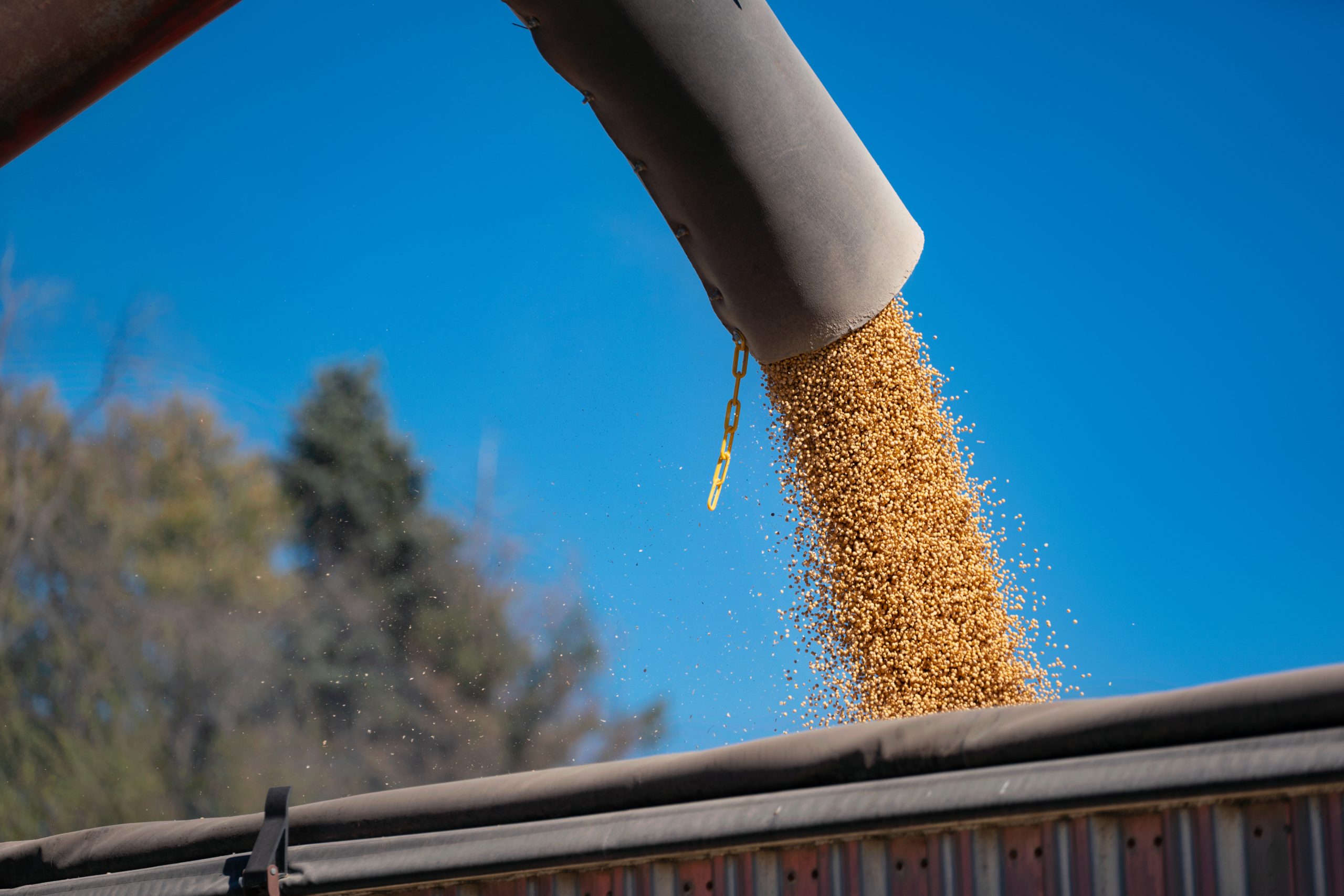Soy’s Secret Reign: How This Crop Quietly Conquered the World
Soybeans. The name might conjure images of tofu scrambles and soy lattes, relegated to the realm of vegetarian alternatives. But scratch the surface, and you’ll find that this unassuming legume has quietly become a cornerstone of the global food system, its influence far exceeding the confines of vegan cafes. In fact, most of us are eating soy every day, whether we realize it or not.
Beyond Tofu: Soy’s Ubiquitous Presence
The perception of soy as a niche food is largely a misconception. While it certainly plays a role in vegetarian and vegan diets, its primary function is far more pervasive. A staggering 77% of the world’s soybean production is dedicated to feeding livestock, making it the bedrock of our meat-heavy diets. Chickens, pigs, and cows rely heavily on soy as their primary protein source, effectively making it an invisible ingredient in the vast majority of meat products we consume.
This reliance on soy for animal feed has transformed agriculture on a massive scale. The United States, in particular, has become a soybean powerhouse, dedicating vast swathes of land to its cultivation. The demand for meat is the main driver behind the growth of soy production in the US.
The Environmental Impact and Ethical Considerations
The dominance of soy, while crucial to meeting global food demands, isn’t without its drawbacks. The expansion of soybean agriculture has been linked to deforestation, particularly in regions like the Amazon rainforest, as land is cleared to make way for soybean farms. This deforestation contributes to climate change and biodiversity loss, raising serious environmental concerns.
Furthermore, the industrial scale of soybean production often involves the use of pesticides and herbicides, which can have negative impacts on soil health and water quality. The ethical implications of feeding vast quantities of soy to livestock, while millions of people face food insecurity, are also worth considering.
The Future of Soy
As the global population continues to grow and demand for meat remains high, the role of soy in our food system is likely to become even more critical. Finding sustainable and ethical ways to produce soy, while mitigating its environmental impact, will be essential to ensuring a food-secure future. This could involve exploring alternative protein sources for livestock, promoting more sustainable farming practices, and reducing our overall reliance on meat-heavy diets.
Ultimately, understanding the true extent of soy’s influence on our plates is the first step towards making informed choices about our food consumption and its impact on the planet. The story of the soybean is far more complex and consequential than most people realize, and it’s a story that deserves our attention.
Based on materials: Vox





